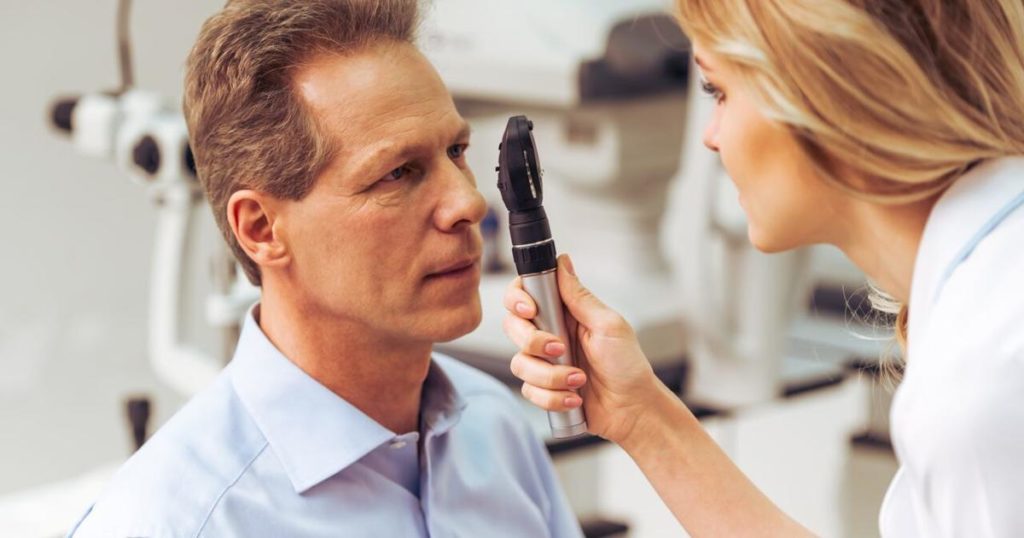
Your first sign may have been pain or itching “down there”. Or maybe you first notice small red bumps or tiny white blisters on your genitals. Whether it happens days after infection or two weeks later, realizing you have genital herpes is never easy. But what is it really like to have Herpes Simplex Virus (HSV)?
What is Herpes Simplex Virus (HSV)?
Before we can look at life with the virus, it is important to understand what it is, how it is transmitted and treatment options that are available. Genital herpes is a sexually transmitted disease that is passed from one person to another through genital contact (HSV2) or even through oral sex (HSV1). Unfortunately, most people who have the virus may not realize it as it since it tends to lie dormant in your body, only flaring up on occasion. Even a person who shows no signs or symptoms can pass the virus on to their sexual partner.
How Genital Herpes is a Pain (Literally)
Someone with HSV2 will experience occasional physical pain when the virus flares up in their system. Genital herpes is characterized by pain or itching in the genitals, small red bumps or tiny white blisters, ulcers that ooze or bleed, or scabs from healing wounds. People who are initially infected may experience fever, aches and pains, headaches, or swelling in your lymph nodes or groin.
Then There’s the Emotional Pain
Unfortunately, there is no known cure for HSV2. The reality is, you will deal with this virus your entire life. Herpes treatment currently can help prevent and shorten flare-ups and reduce the likelihood of passing on the infection to your partners, but it will not prevent the virus from recurring entirely. The fact remains that this will be a part of every relationship you will ever have, including the one you will have with your unborn child. Women who are pregnant with genital herpes have a higher incidence of miscarriage, premature birth or even still birth. It is also possible to pass the infection on to their child during delivery potentially leading to the baby’s death.
People who are diagnosed with a chronic illness, like HSV2 are more likely to develop depression, especially if there are other stressors in their life. They are also more likely to feel grief, shame, guilt, anger, and sadness than their healthy counterparts.
Don’t Forget the Social Stigma
Every year, more than 776,000 people will be diagnosed with HSV2. According to the CDC, 15.7% of people in the US between the ages of 14 and 49 have HSV2. Considering you will not get herpes from casual contact like swimming in pools or toilet seats, it is quite remarkable how quickly the disease is spreading, especially with such high quality herpes treatment available. One possible answer is that people simply don’t know that they have the virus in the first place. You cannot inform a partner of what you don’t know. Another answer is that the shame associated with genital herpes prevents people from informing their partner, instead figuring that they are unlikely to infect another person if they are not showing symptoms themselves. The truth is, the more we talk about HSV2, theless likely it is to spread and themore likely we are to break the social stigma surrounding the virus.
Herpes medications, condoms and planning have the potential to allow to people to remain together without both partners contracting it. With people realizing herpes isn’t a dangerous STD, it’s eased people’s minds about contracting the disease. They realize they can still date normally and aren’t automatically classified as sexual indiscriminate for having herpes since so many people have it.
In the meantime, being in a long-term relationship with someone who has tested negative for STD’s and using latex condoms every time you have sex can help prevent the spread of genital herpes. Talking about the virus with people who are infected can help ease the psychological burdens. And seeking treatment for HSV2 if you have been infected can prevent and shorten outbreaks and decrease the likelihood of spreading the illness.